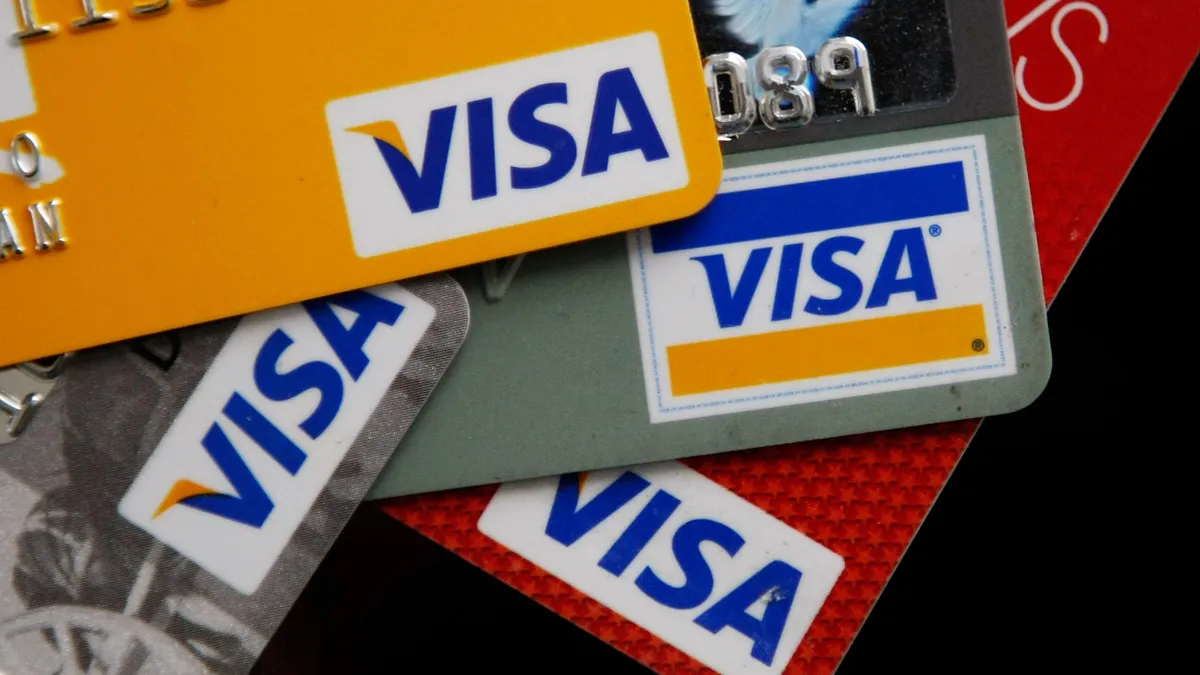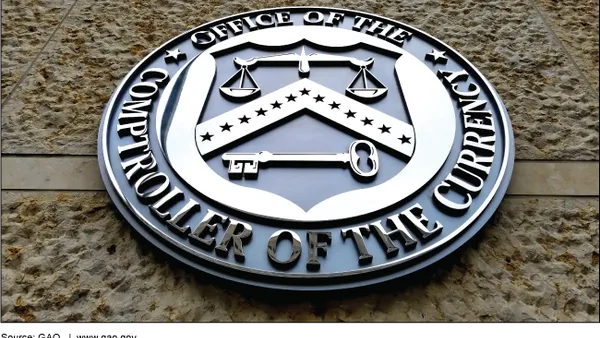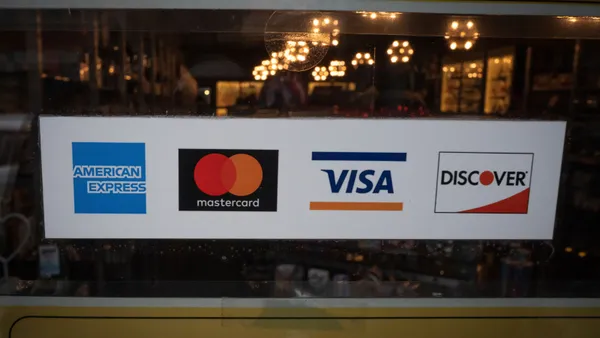Dive Brief:
- When it comes to real-time payments, the U.S. lags India, Brazil, China, Thailand and South Korea in leading businesses and consumers to adopt this faster type of payments system, according to a new global study produced by payments processor ACI Worldwide and the Centre for Economic and Business Research.
- India has transitioned more payments to real-time transactions made in seconds than any other country in the world while China has realized the biggest macroeconomic benefit, a release on the study said.
- U.S. consumers and businesses have snagged net benefits from real-time payments that equate to less than 5% of the comparable benefits peers in China are achieving. ”Considering the U.S. is the largest economy in world, real-time payments usage remains nascent in 2021, accounting for less than 1% of total transaction volumes,” the study said. “As a result, the current overall economic impact is limited, while the untapped potential is significant.”
Dive Insight:
Coral Gables, Florida-based ACI says the study, called Prime Time for Real-Time Global Payments Report, is the most comprehensive review of real-time payments economic impact, providing estimates of benefits across 52 countries and 30 markets. It collaborated with London-based CEBR, a research and consulting firm, on collecting and analyzing the data.
“By allowing for the transfer of money between parties (e.g. between consumers and businesses) within seconds rather than days, real-time payments improve overall market efficiencies in the economy,” the report said. “This is done not only by reducing payment float times, but also by reducing uncertainty and information asymmetries regarding payment failures.”
The study arrives as the Federal Reserve moves toward rolling out a U.S. nationwide real-time payments system next year. ACI is a key partner in the U.S. government project, which also includes a host of other companies. Last year, the Fed embarked on a pilot of the real-time system that includes some 110 organizations.
The Fed’s new real-time payments system, called FedNow, will compete with two existing private real-time systems, the RTP offered by The Clearing House and the Zelle network run by the company Early Warning Services. Both of those systems were launched in 2017 and both are backed by groups of big banks.
They’ve been seeking for years to draw more businesses and consumers to faster payment systems. ACI contends the two private company efforts have failed to gain significant traction because of a preference for credit cards in the U.S. “Their adoption at a national level is still limited due to the dominance of cards in the market,” ACI said in a preamble to the report.
Coupled with credit cards is a resistance to changing habits and adopting new payment methods in the U.S. People in the U.S. are good at innovating new payment systems, but not so good at letting others go, said Craig Ramsey, ACI’s head of real-time payments. ACI also connects to RTP, but Ramsey extols the advantages of FedNow.
Not only will FedNow have more national reach, it’s more likely to appeal to banks and credit unions of all sizes, Ramsey said in an interview. The current private real-time systems in the U.S. operated by the large banks haven’t necessarily been an attractive option for some of their smaller peers, he noted.
Creating a “user-friendly infrastructure with easily digestible benefits for take-up” will be key, the report said. In addition, to overcome uncertainty, ensuring security and fraud prevention will also be important. A plug from government for the system can accelerate adoption, the report said.
Demonstrating the ongoing evolution of payment preferences, the banks have reportedly been at odds recently as to whether to try to shift more commerce to their Zelle operation or to keep it moving through their credit cards and the major card networks, Visa and Mastercard.
The FedNow service will offer an alternative to all those systems, as well as the electronic automated ACH payment channels in the U.S.












